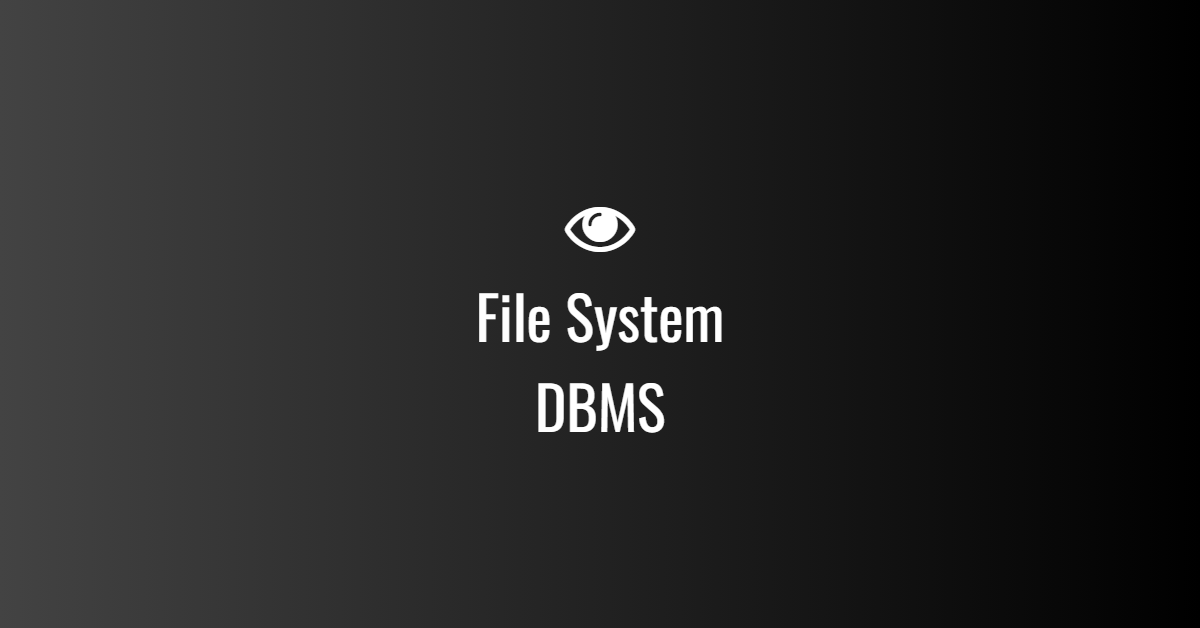
File System in DBMS
A File System is a method used by an operating system (OS) to store, organize, retrieve, and manage data on storage devices like hard drives, SSDs, USB drives, and CDs. It defines how files are named, stored, and accessed.
1. Functions of a File System
A file system is responsible for:
✅ Storage Management – Organizes data in a structured manner.
✅ File Organization – Provides a way to create, read, update, and delete files.
✅ Access Control – Manages user permissions for security.
✅ Space Allocation – Efficiently allocates disk space.
✅ Metadata Management – Stores file attributes (size, creation date, type).
2. Types of File Systems
Different operating systems use different file systems based on requirements.
a) Disk-based File Systems
Used in traditional storage devices like HDDs and SSDs.
- FAT (File Allocation Table) – Used in older Windows systems, USB drives.
- NTFS (New Technology File System) – Default in modern Windows OS, supports security features.
- exFAT (Extended FAT) – Used in flash drives and SD cards, optimized for large files.
- HFS+ (Hierarchical File System Plus) – Used in older macOS versions.
- APFS (Apple File System) – Default file system for modern macOS and iOS devices.
- ext3/ext4 (Extended File System) – Used in Linux distributions.
b) Network File Systems (NFS, SMB, CIFS)
Used to share files over networks.
- NFS (Network File System) – Used in Linux and Unix systems.
- SMB (Server Message Block) & CIFS (Common Internet File System) – Used in Windows networks.
c) Flash File Systems
Optimized for flash memory storage.
- YAFFS (Yet Another Flash File System) – Used in embedded systems.
- JFFS (Journaling Flash File System) – Used in Linux-based systems.
d) Distributed File Systems
Used in large-scale distributed storage environments.
- Google File System (GFS) – Used in Google’s cloud infrastructure.
- Hadoop Distributed File System (HDFS) – Used for big data applications.
3. File System Architecture
A file system consists of several layers:
| Layer | Function |
|---|---|
| Application Layer | Provides file operations like open, read, write, close |
| Logical File System | Manages file structure, permissions, and metadata |
| Physical File System | Allocates storage and manages space |
| Storage Device | Hardware (HDD, SSD, Flash drives, etc.) |
4. File System Operations
🔹 Create – Generates a new file.
🔹 Read – Retrieves data from a file.
🔹 Write – Modifies file content.
🔹 Delete – Removes a file from storage.
🔹 Rename – Changes the file name.
🔹 Copy/Move – Duplicates or shifts files between locations.




